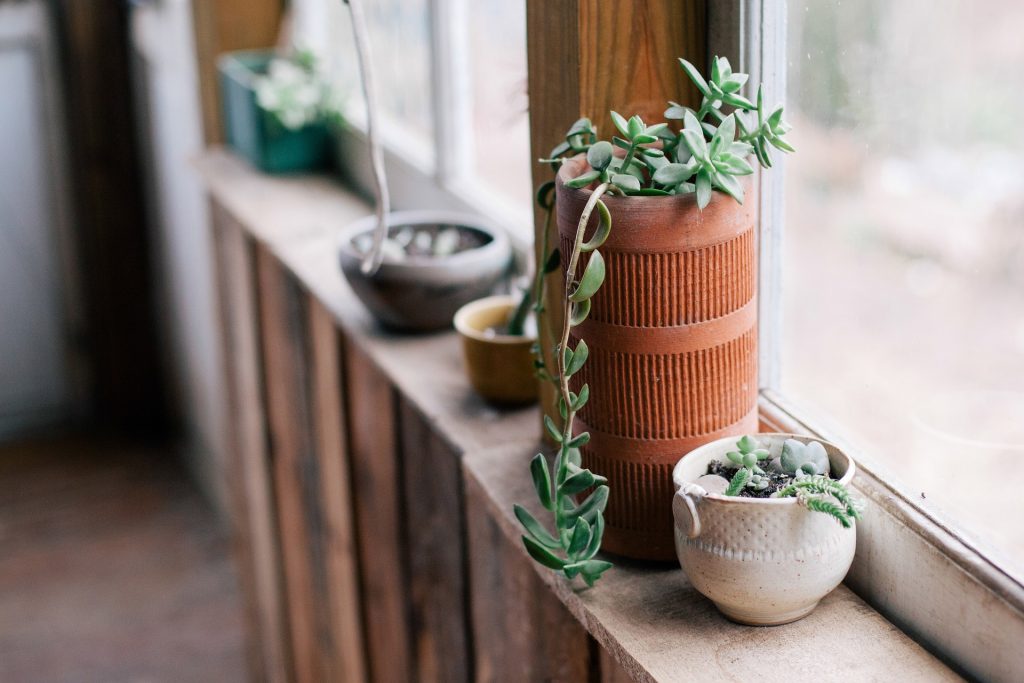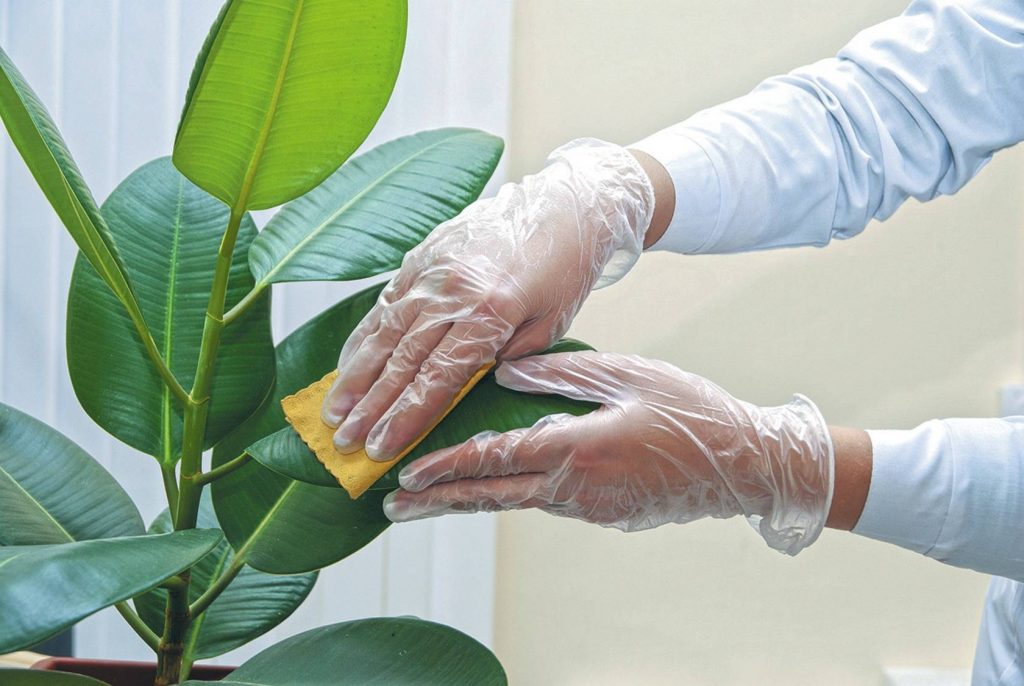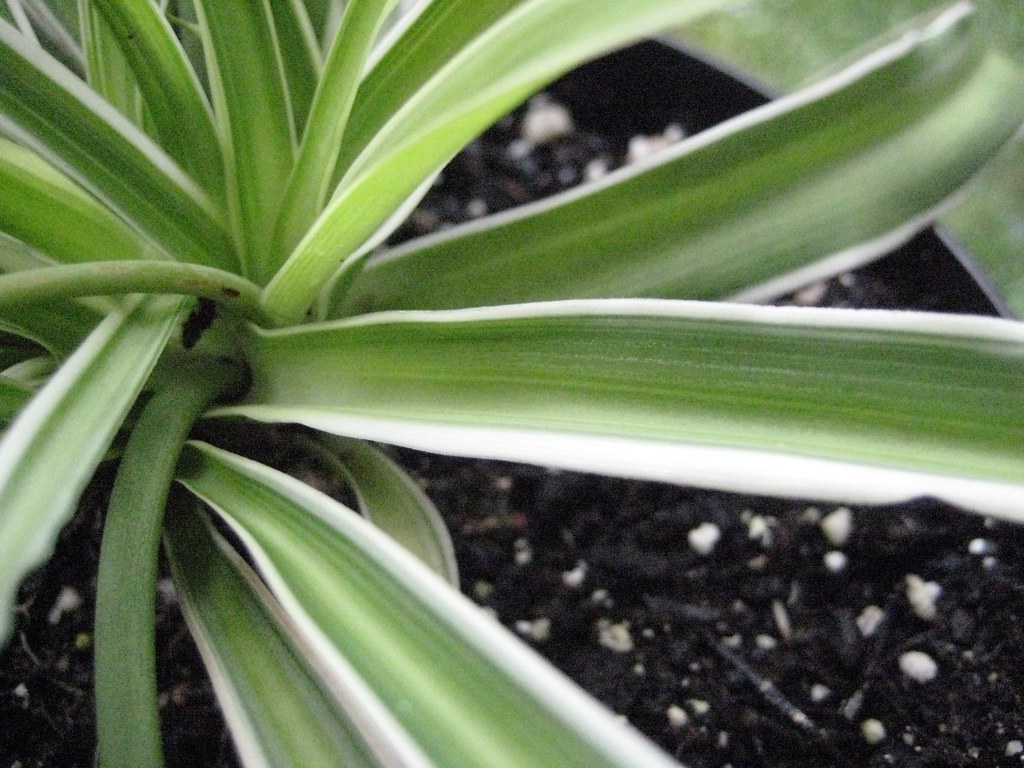
Keep your indoor plants healthy and pest free with gentle cleaning. Photo: Madiase/Flickr – Creative Commons License
Summer is coming, we promise. Summer brings so many good things, but it also brings some not-so-good things. Plant pests love the summer weather as much as people do. While bugs can bug your indoor plants any time of year, they get more opportunities to thrive in the late spring and summer months.
The weather warms up. You turn off the heater, and open your windows and doors. Pests have more ways to enter your house, and they like the more humid air. You see your indoor plants have a growth period as spring arrives. Bugs see a plant buffet.
If your first reaction to finding pests on your plants is to grab the pesticide, please stop! Once upon a time I was certified by the State of California to be a pesticide applicator. What I found (in addition to reams of paperwork) was a reluctance on my part to use toxic chemicals.
There are other methods you can use to control pests on your plants that don’t involve poisons. Use them only as a last resort. Good Earth Plant Company encourages you to embrace integrated pest management.
Integrated pest management (IPM) integrates four principles in three general categories to suppress pest populations below the level where they affect your plants. They are:
Cultural Controls: Providing the right conditions for healthy, thriving plants through proper placement and care give your plants the best chance to fight pests off all by themselves.
♦ Choose plants that will thrive within the conditions you have to offer. Plants that prefer full sun can survive in less light, but when bugs attack they won’t have the energy reserves to fight off bug attacks.
♦ Select disease resistant plants with the ability to take a little abuse from pests without being destroyed.
♦ DON’T use garden soil in your house plants. You can bring diseases and pests inside without realizing it. Commercial potting soil also provides better drainage and you can be assured it doesn’t contain disease, bugs or weed seeds.
♦ Inspect plants carefully before buying. When you bring a new plant home, keep it isolated from your other plants for several weeks to prevent the spread of any hitchhiking bugs or eggs.
♦ Be sure all pots and all your garden tools are clean.
Mechanical and Physical Controls: Divert, capture and kill pests before they reach your plants.
♦ Water at the soil level, and water early in the day. Damp leaves draw more bugs.
♦ Let your plants dry out COMPLETELY between waterings. Damp soil is attractive to pests.
♦ Remove dead or decaying plant leaves. They become bug food.
♦ Consider covering the soil with a layer of sterile sand (NOT beach sand), diatomaceous earth, or even pebbles to prevent soil access by pests, and to retain moisture.
♦ Keep your houseplants clean. Wipe larger leaves with a moist cotton ball or cloth with a solution of 50 percent rubbing alcohol and 50 percent water which will kill most pests. (Try it on a hidden leaf first in case you have a sensitive plant).
♦ If the pest infestation is beyond manual control, try trimming the infested leaves of the plant to allow it to grow healthy leaves back.
♦ If the plant is covered in pests, it might be best to sacrifice it to save any other plants from getting infested. Dispose of it safely.
Pesticide Controls: Sometimes, pesticides are necessary. Learn when you need them to control bugs at the right time for intervention to minimize their use.
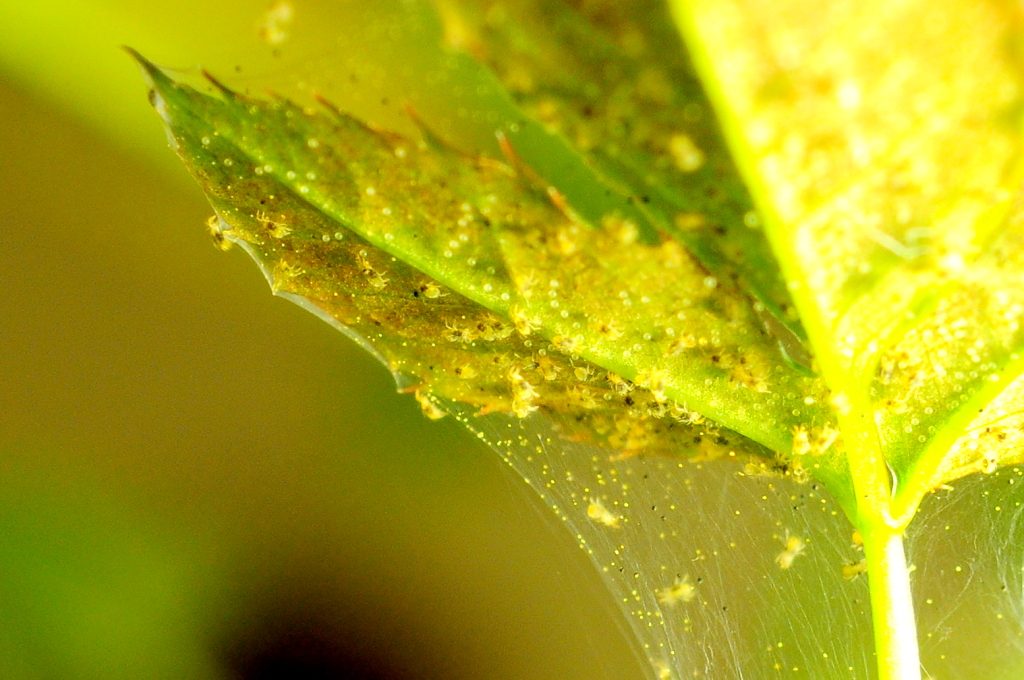
Ewww! Sometimes you need to attack a bad infestation like this one with chemicals, but there are ways to minimize their use. Pjhoto: Matthew Fell/Flickr – Creatiive Commons
♦ Try using natural products first such as insecticidal soaps, or a 50-50 alcohol and water spray.
♦ Find natural or nonsynthetic pesticides. These can be botanical based pesticides using natural plant defense substances, such as neem oil made from neem tree seeds for spider mites, aphids, and other small insects, or pyrethrum spray made from dried chrysanthemum flowers, best for flying type insects.
♦ Be sure you are using the right chemical for your specific type of pest. Some chemicals work best on certain types of bugs. Check the labels.
♦ Avoid pesticides that are intended for household pest control. They can burn plant leaves.
♦ Take your house plants outside and apply pesticides away from people and pets. Wear gloves at the bare minimum. Consider wearing a dust mask, protective eye wear, and long sleeves. Thoroughly wash yourself and any equipment.
♦ When spraying, completely cover the entire plant. Don’t leave an untreated area allowing the bugs to hang out and survive.
♦ You can also consider dipping or dunking the entire plant for a few seconds in a bucket to treat the soil and roots along with the leaves.
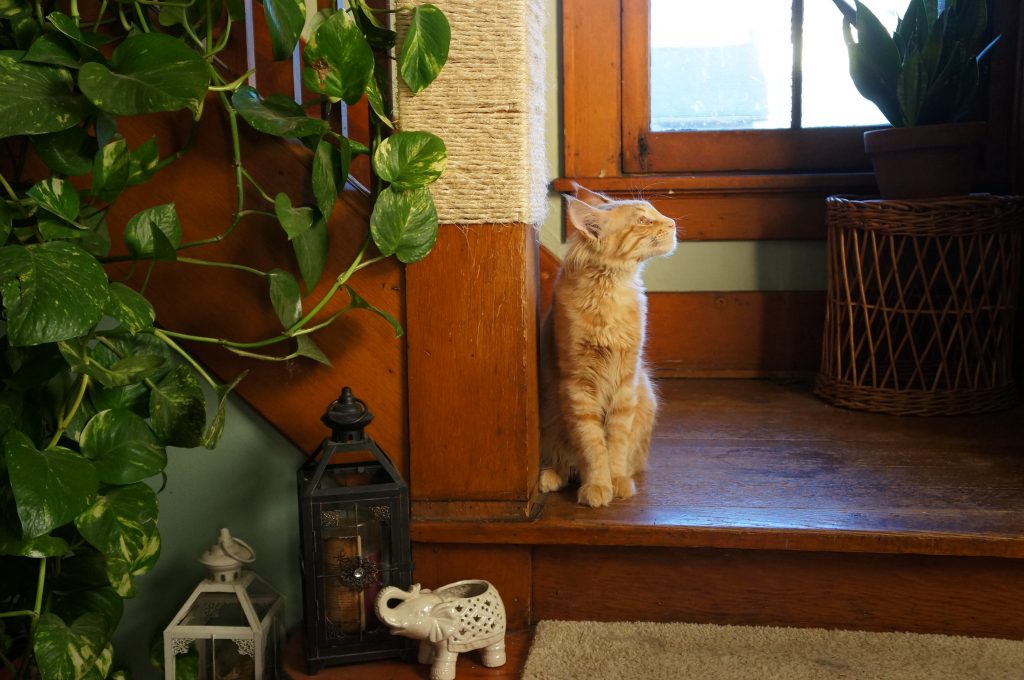
Avoiding pesticide use on your plants is healthier for everyone including your pets and the environment. Photo: Madaise/Flickr – Creative Commons
Before treating your house plants, be sure you have made the right diagnosis. Sometimes symptoms of a disease like root rot from overwatering, leaf spots or powdery mildew can look a lot like an insect attack.
If you need help from the experts to keep your workplace plants pest free, call on the Plantscaping experts at Good Earth Plant Company. Our plants are guaranteed not to bug you! Contact us at info@goodearthplants.com or call 858-576-9300.


